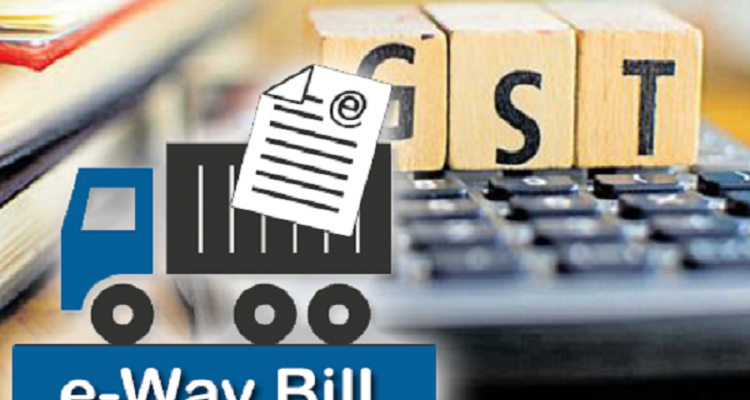E-Way Bills (EWB) are necessary under the GST regime for the seamless (inter-state and intra-state) movement of goods. The EWB contains information such as the consignor’s, consignee’s, and transporter’s names, as well as the origin and destination of the products in the consignment. Water, air, rail, and road can all be used to carry these items. Though the basic criteria for generating e-way bills invoices are the same for all modes of transportation, specific considerations must be made when items are moved by water.
Table of Contents
Things to Keep in Mind
- An EWB is required when the value of the products in the consignment exceeds INR 50,000. If the items are being transported by water, a Bill of Lading is required to generate the EWB.
- If the transportation is being done on his own/hired vessel, e way bill is often generated by the consignor or consignee.
- When items are transported by water, EWBs can be created after the journey has begun. The Bill of Lading’s serial number must be entered into the EWB. In this case, the Bill of Lading Number is shown by the Transport Document Number in GST EWB-01.
- The provisions of goods transhipment will apply if the vessels must be changed to finish the transit. The EWB portal must be used to update the details of the new/next vessel in the EWB.
- From the time the initial Transport Document Number is entered, the EWB’s validity is calculated. In extraordinary circumstances, the EWB’s validity can be extended.
What Exactly Is A Bill Of Lading?
A Bill of Lading is a legal document issued by the ship’s master to the consignor of cargo. This document contains information about the items’ source and recipient, as well as the origin and delivery location. The Bill of Lading is a key paperwork required for the transfer of commodities from one location to another when using waterways for transportation.
Sea Waybill
The following are some of the peculiarities:
- It is used when the shipper decides to relinquish custody of the cargo immediately, allowing the products to be transferred to the person named in the document without the need for the individual to file any paperwork to claim the cargo.
- The sender receives this document for reference only when the cargo is transported. Because neither the shipper nor the importer is required to deliver anything extra to the carrier in this situation, the cargo is released as soon as it arrives in port.
- When the shipper knows the consignee of the cargo well, the products will not be traded during shipment, or it is paid to an account with recognised credit, a Sea Waybill is recommended.
For more information on the same, head over to Finserv MARKETS! You can also choose from a variety of financial products to suit your needs.














Comments